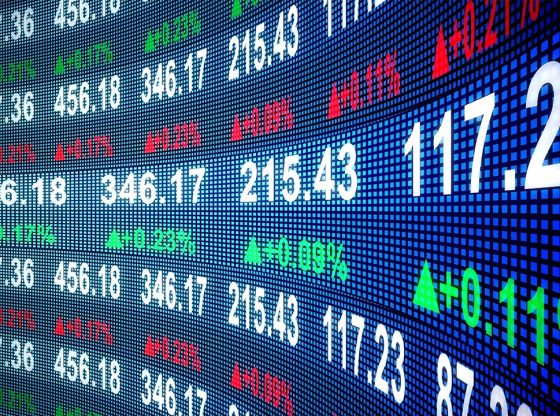The stock market has been on a wild ride, with the S&P 500 hitting all-time highs even as some troubling signs appear. There are a few key reasons for this bullish trend: the AI boom is in full swing, corporate earnings are looking strong, and it seems like interest rate cuts are right around the corner. Plus, a new spending bill is expected to give the economy another shot in the arm.
But not everyone is celebrating. Many investors are getting nervous, especially since the market is running so hot. The S&P 500 is trading at a forward price-to-earnings multiple of 22, which suggests a “priced for perfection” scenario that could easily be derailed by any kind of unexpected shock. David Kelly, a chief global strategist at JPMorgan Asset Management, believes a shock is inevitable. He thinks it’ll trigger a selloff, and the stocks that are most overvalued now will get hit the hardest. Kelly is urging investors to be cautious, saying the market is slowly becoming more and more overvalued.
A big part of the concern is how concentrated the market has become. Goldman Sachs recently noted that the top 20% of high-quality companies in the S&P 500 are trading at a massive premium to the lowest-quality stocks. This means that the biggest, most cash-rich companies, which are already benefiting from the AI trend, are getting an even bigger boost from investors seeking safety. This is making the market very top-heavy, and it’s a huge risk if a pullback happens.
Just look at Nvidia. This AI superstar now makes up about 8% of the S&P 500, which is the biggest weighting for a single stock since 1981. It’s been a massive driver of the bull market, but if its fortunes turn—say, due to new trade restrictions with China—it could drag the entire S&P 500 down with it.
There’s another interesting wrinkle: while the S&P 500 is up more than 10% in 2025, the median stock is only up about 3%. This tells us that a small group of big winners is doing all the heavy lifting for the index. But this gap could also set the stage for a big market reversal. In fact, we’ve seen some signs of it already, with smaller companies and value stocks outperforming the big growth names this past week.
If the Fed goes ahead with rate cuts and the economy improves, we could see this rotation continue. But even the optimists are being careful, diversifying their portfolios to protect against a potential downturn. JPMorgan’s Kelly, for one, is favoring U.S. value stocks over growth and is also looking at international markets like Europe. He thinks a “violent” bear market, a drop of 20% or more, is long overdue.
As another strategist, Nanette Abuhoff Jacobson of Hartford Funds, put it, it’s just “imperative that investors diversify some of that risk into other industries and other regions in particular.”
As for specific stocks, Goldman Sachs recently highlighted some “lower quality” companies that could benefit from a market reversal. Estee Lauder was one of them. The stock is up more than 21% this year, but it’s in the middle of a multiyear turnaround plan that could cost between $1.2 billion and $1.6 billion. Meanwhile, Paramount Skydance had a huge week, surging 33% after its merger with Paramount Global was finalized, making it a “play for momentum goons” now, which is a term for short-term traders looking for quick gains.

